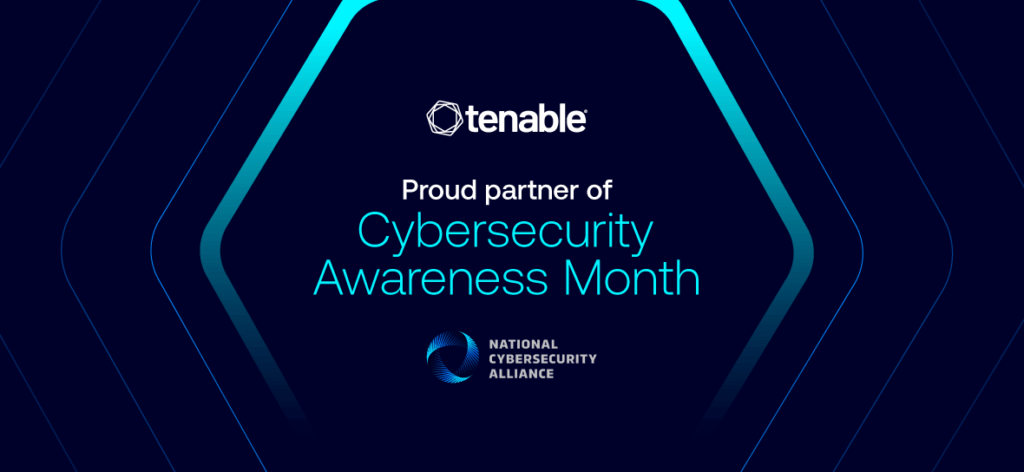As organizations increasingly rely on AI, shadow AI emerges as a hidden risk that security teams struggle to monitor. A staggering 89% of organizations are either using or testing AI, but many employees are utilizing unsanctioned tools, leading to potential vulnerabilities and breaches. Studies reveal that breaches tied to AI often stem from traditional security flaws, like exploited software vulnerabilities, alongside new risks unique to AI technologies.
Security professionals are now faced with a transformed attack surface that includes AI-driven actions without human oversight. The rapid speed of AI development introduces numerous exposures, as security teams often lack visibility into the tools being used across their organization. Many AI workloads have unpatched critical flaws, compounding the risks of integrating AI into business processes and making effective oversight increasingly challenging.
To tackle the challenges posed by shadow AI, organizations must shift from reactive security measures to a proactive stance focused on exposure management. This approach not only provides visibility into AI tools but also allows organizations to anticipate and mitigate potential attack paths before they can be exploited. In this evolving landscape, AI security is not merely a concern for the future but a pressing issue for today’s security leaders, who must take responsibility for protecting enterprise environments.
👉 Pročitaj original: Tenable Research








